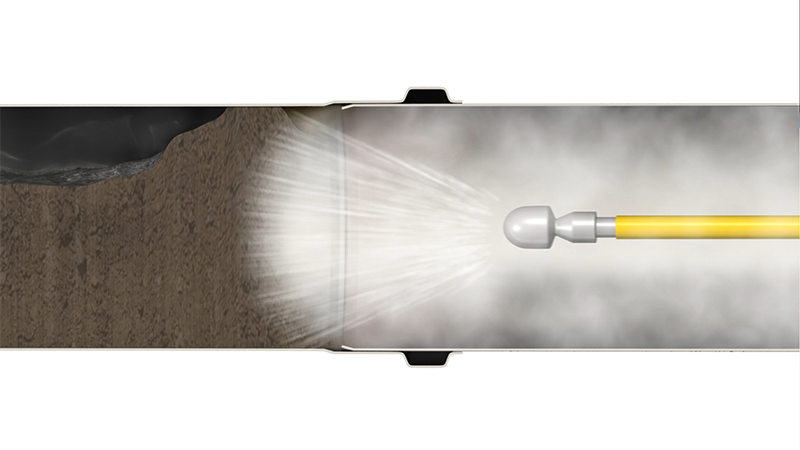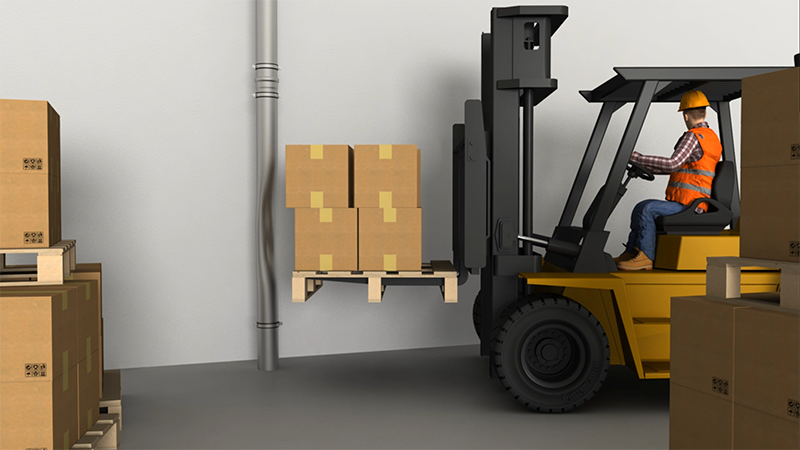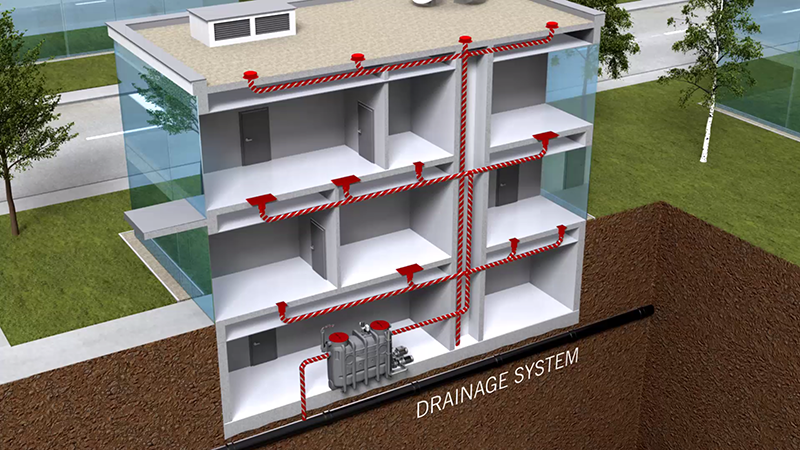Six ways to better hospital plumbing hygiene
Healthcare presents a unique set of circumstances and considerations when planning, installing and maintaining plumbing systems.
Hospitals, aged care and specialist medical services operate under high levels of hygiene to protect vulnerable patients from exposure to bacteria. Infrastructure therefore needs to minimise the risk of bacterial outbreaks, such as legionella, from occurring.
The design and fit-out of a healthcare plumbing system needs to consider: how will it be installed; how often will it need to be maintained; how will water move around and at what speed and temperature, and what material should be used for the pipes.
In most instances, the use of stainless steel pipe provides the greatest flexibility and durability for a healthcare environment.

Most plumbing infrastructure in a hospital will be situated behind walls or under floors and consequently once installed, maintenance should be kept to a minimum to prevent disruption and exposure for patients and practitioners. The use of stainless steel provides the best option for durability, with a long service life.
The lightweight nature of stainless steel makes the installation process efficient for plumbers, enabling the installation team to quickly and easily assemble the pipe system. Longer spans between support brackets can also be achieved as it doesn’t flex under gravity.

Melbourne’s Epworth Hospital recently had a 270 bed capacity increase. During the redevelopment, the plumbing team opted to use ACO’s stainless steel pipe range as the existing pipe could easily connect to the new system using ACO’s unique double lip seal that ensures added security and long term reliability.
One of the key aspects of a hospital’s strategy for a clean environment is the regular flushing and cleaning of the plumbing network. Legionella bacteria has been found to flourish in environments of stagnant water in a temperature range of 20-45ºC. Therefore, the water through the pipe network needs to be flushed at higher than normal velocities and at less than 20ºC for cold water systems and above 60ºC for hot water. The ability of stainless steel to withstand thermal shock makes it ideal for these situations to regularly flush and clean pipework to minimise the risks associated with stagnant water.
A somewhat unique situation is Gosford Hospital in New South Wales. The hospital boasts a helipad to deliver critical patients to the rooftop for emergency care. Drainage from the helipad needed to consider the risk of flammable fuel – a high risk aspect for both the hospital and helicopter staff. The contract plumber opted to use stainless steel pipe given its ability to withstand fire, declaring it to be the only option for this application.

Behind every drain is a complex pipe structure that integrates the entire drainage system.
In a busy hospital environment, there will be situations where the plumbing system is exposed in high traffic areas such as loading bays, kitchens and wards. The risk of collision from delivery trucks and food trolleys can pose a problem for pipes made from plastics. Plastic is more likely to fail under impact and pose a risk of exposure, undermining the hygiene of the room. The flex of stainless steel means that the pipe will maintain its integrity under impact and the pipe system remains operational.
If your healthcare plumbing project needs to consider installation and maintenance ease, the effects of thermal and dynamic shock, hygiene and bacteria control for patients and risks from fire, then stainless steel is an ideal material to employ. To discuss the advantages of stainless steel pipe systems for your healthcare facility, contact ACO Australia.






